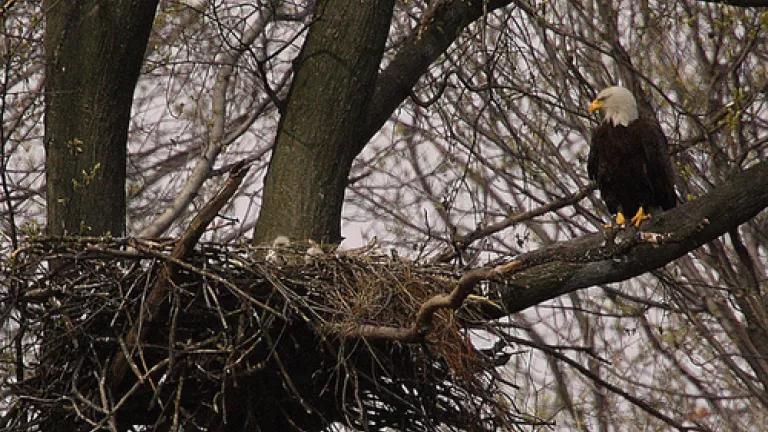
Pennsylvania's John Heinz National Wildlife Refuge (C) Bill Buchanan/FWS
When you hear the term "National Wildlife Refuge," what comes to mind?
I automatically think of the wildlife I see when visiting the refuges in my home state of Maine--especially the amazing array of birds! And indeed, that's the image we're supposed to conjure up when we think of the National Wildlife Refuge System, the mission of which is "to administer a national network of lands and waters for the conservation, management, and . . . restoration of the fish, wildlife, and plant resources and their habitats . . . for the benefit of present and future generations of Americans."
So why are Wildlife Services and others allowed to use body-gripping traps -- which cruelly and indiscriminately kill all types of wildlife from coyotes to bald eagles -- on these lands?
Rep. Lowey (D-NY) and Sen. Booker (D-NJ) don't think they should be, which is why they introduced the Refuge from Cruel Trapping Act (H.R. 2016; S. 1081) today. The bill prohibits the possession and use of body-gripping traps on refuge land, with penalties of up to $1,000 in fines and/or 180 days in prison.
As mentioned briefly above, body-gripping traps -- which include snares, steel-jaw leghold traps, and Conibear traps -- are indiscriminate and result in the capture of both target and non-target animals, including imperiled species like wolverines, lynx, and grizzly bears. From 1980-1989, leghold traps injured 23.9% of all bald eagles admitted to the Minnesota Raptor Center--the second most common identified source of injury, after shooting. And in 2012, Wildlife Services mistakenly caught and killed more than 520 animals in leghold traps and more than 850 in neck snares, including mountain lions, river otters, pronghorn antelope, deer, badgers, beavers, turtles, turkeys, ravens, ducks, geese, great blue herons, and even a golden eagle.
These traps also cause prolonged pain and suffering to the captured species. A 1973 report found that Conibear traps generally kill less than 15% of trapped animals quickly, with more than 40% dying slow, painful deaths as their abdomens, heads, or other body parts are crushed.
If it were up to me, these types of traps would be banned everywhere. But it really doesn't make sense for them to be permitted on lands we (the public) pay to preserve for our enjoyment and that of future generations.

